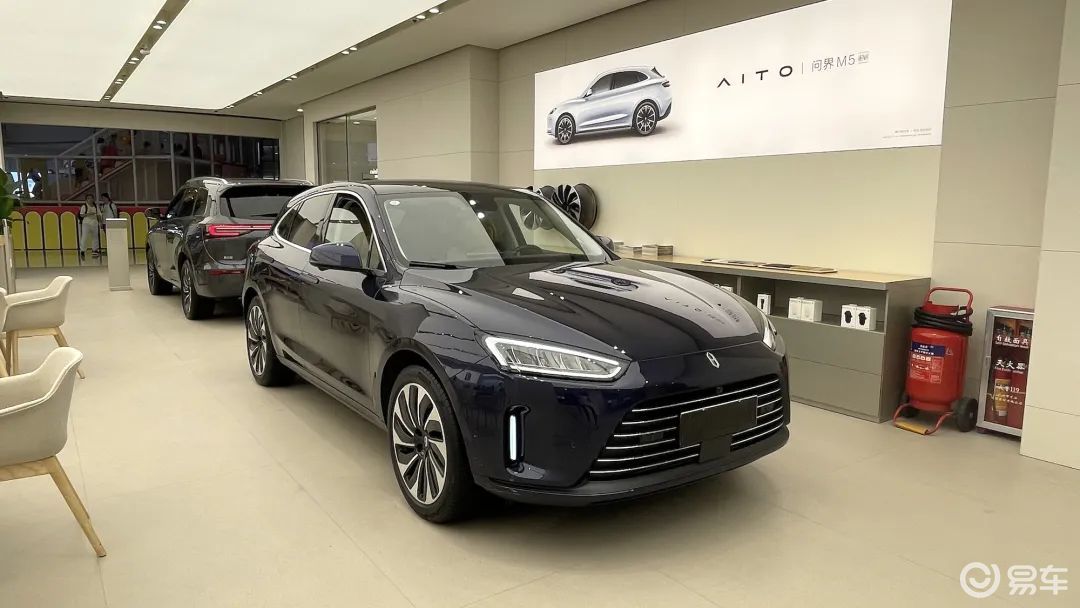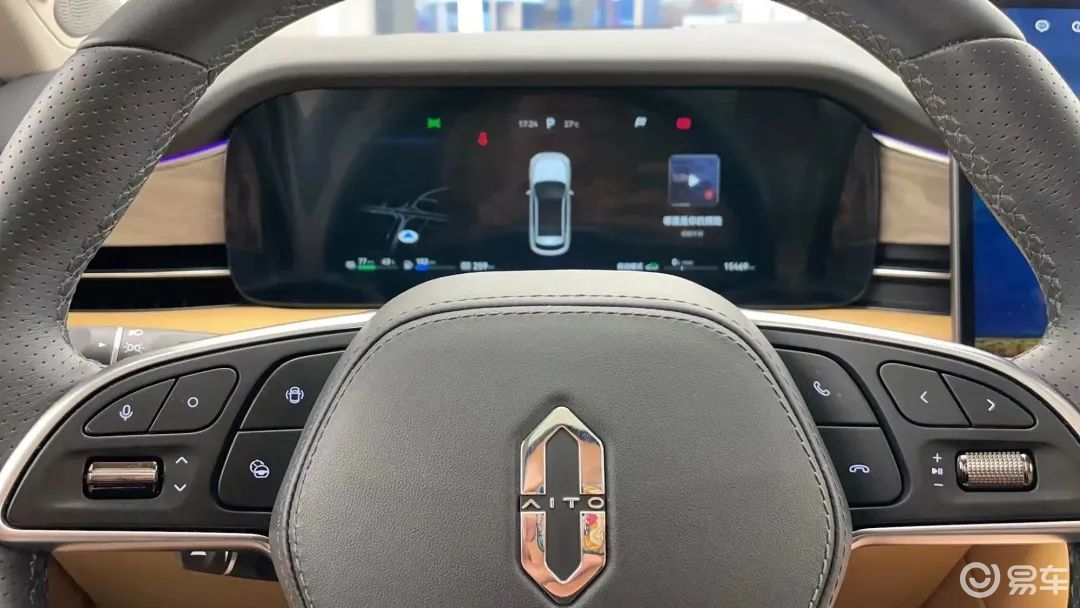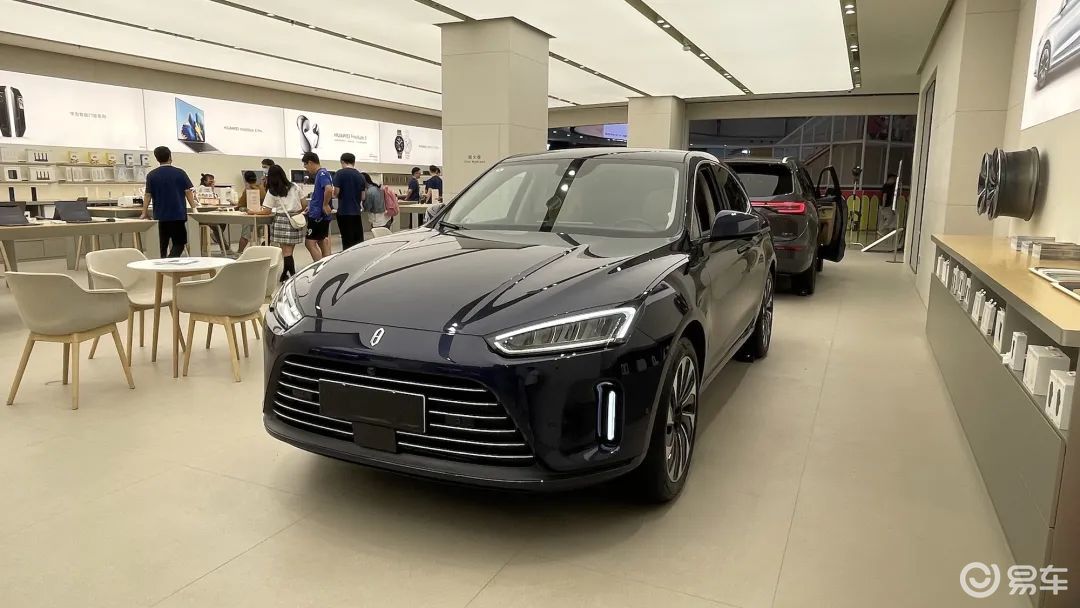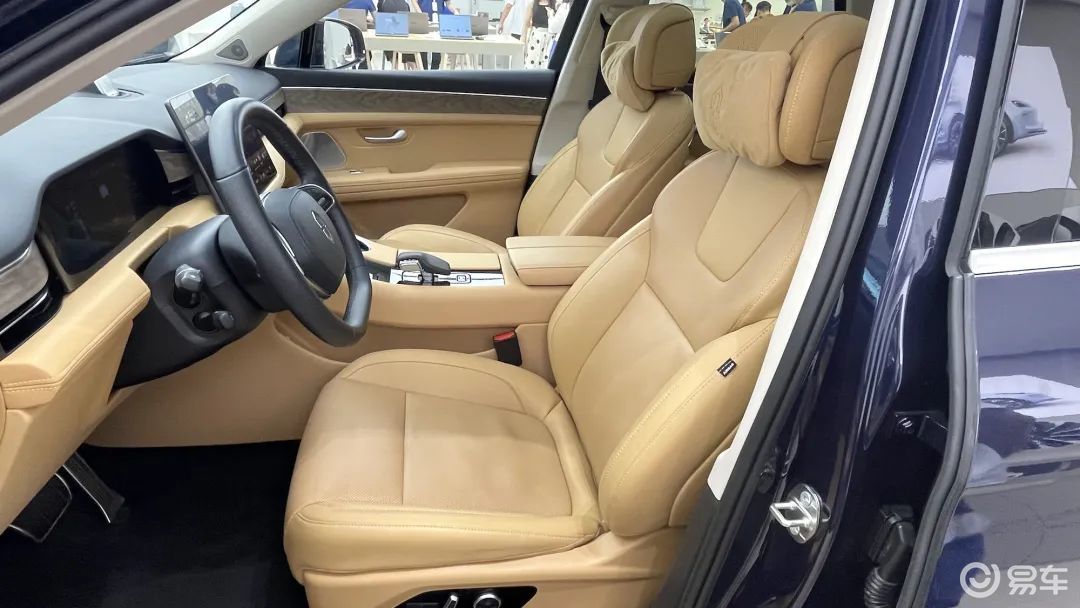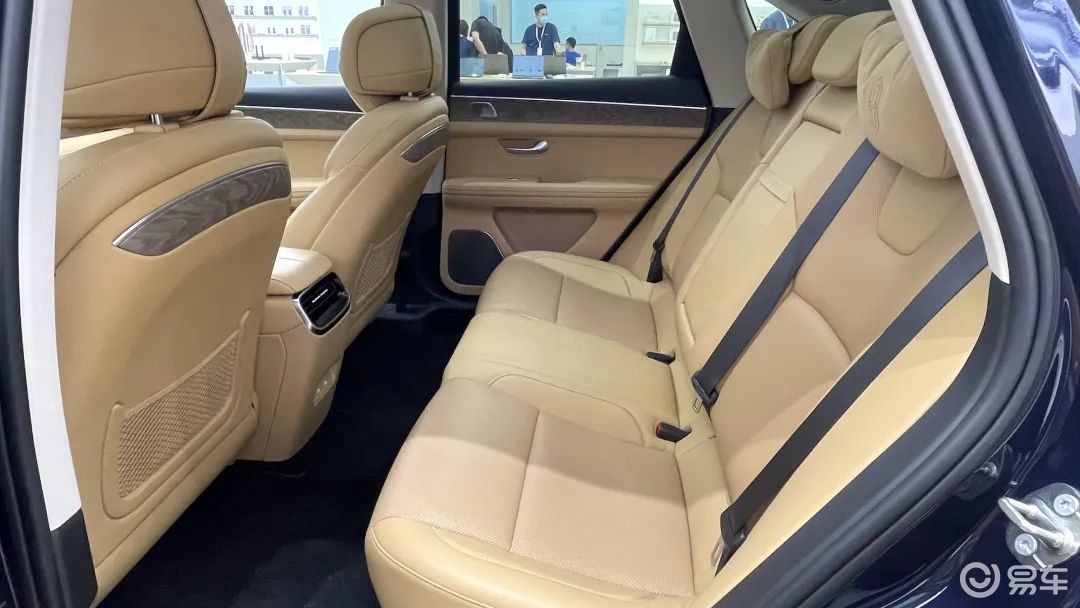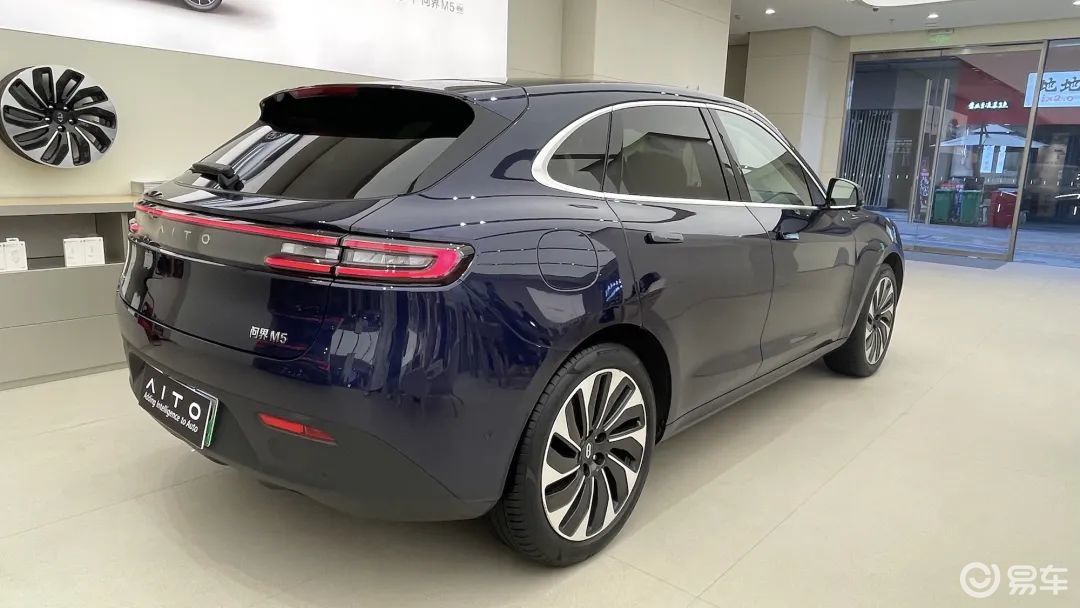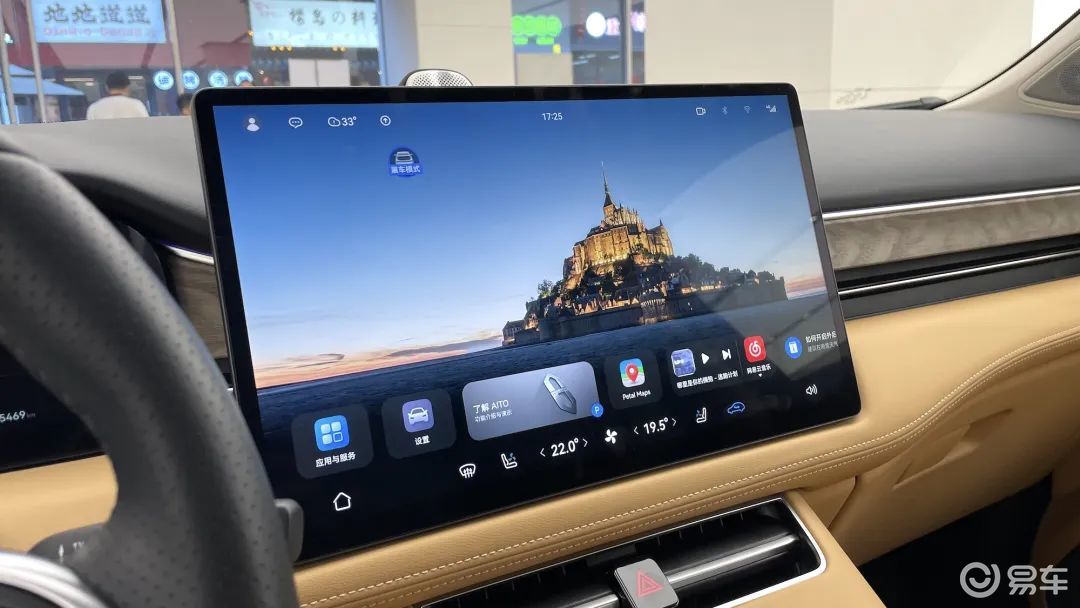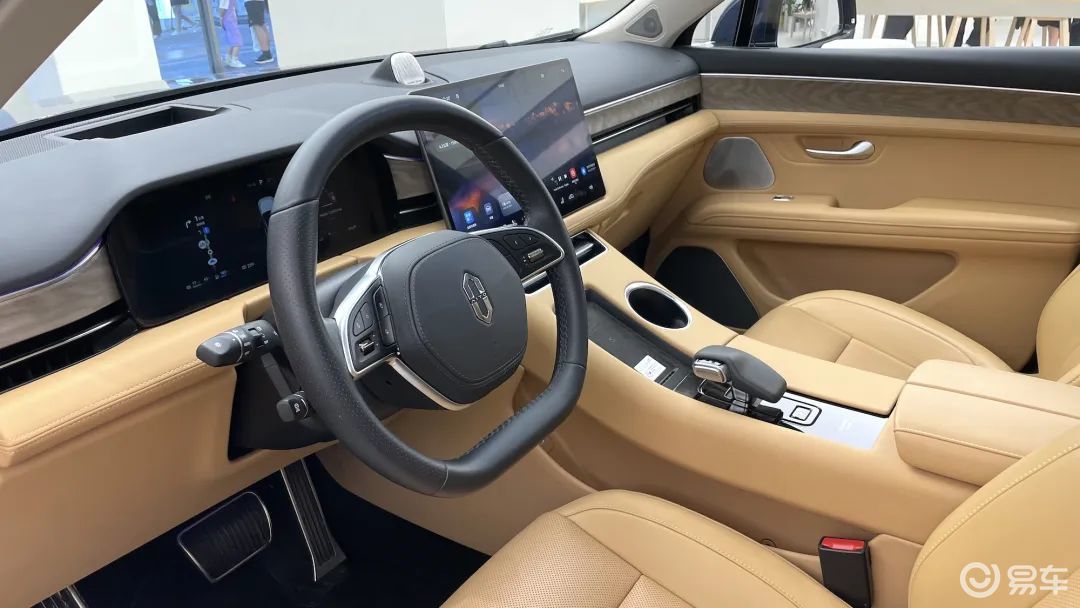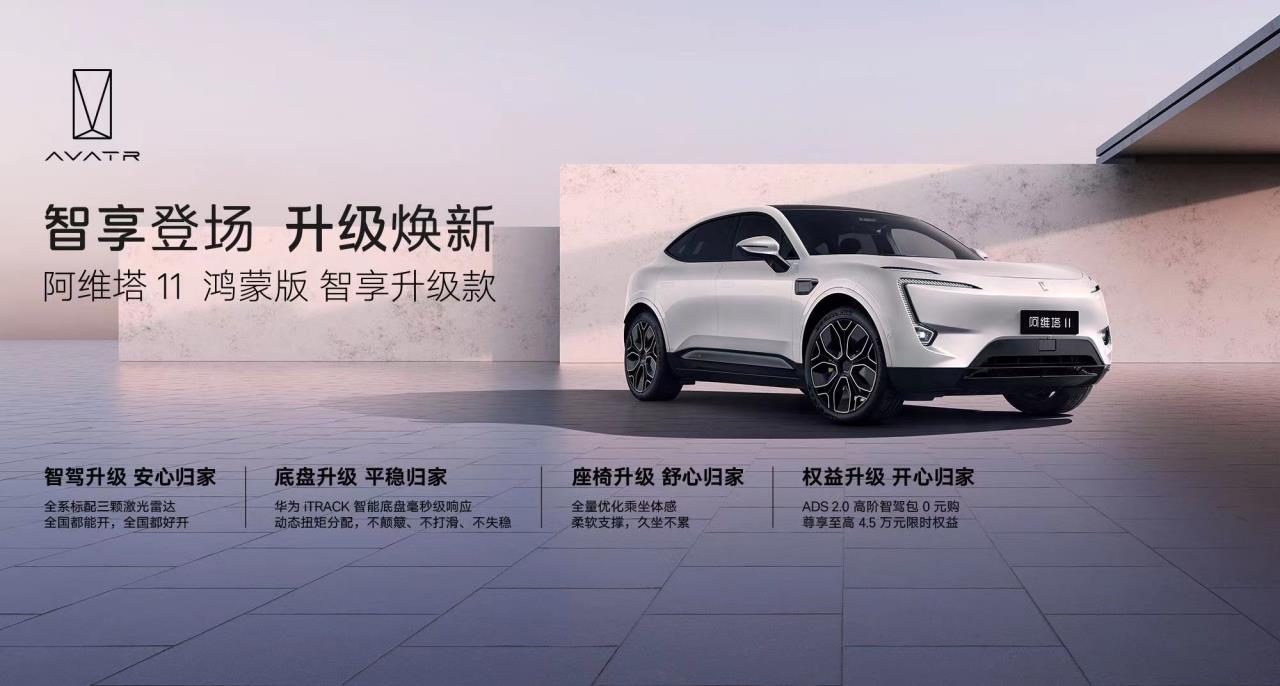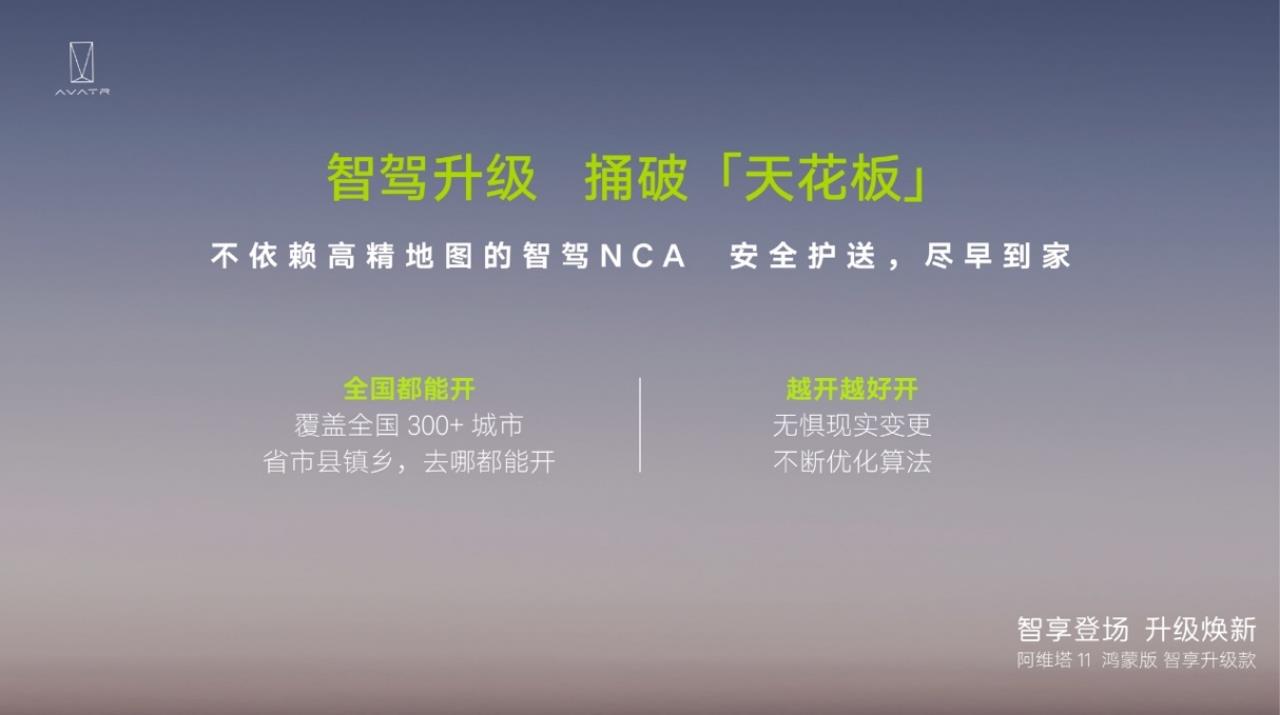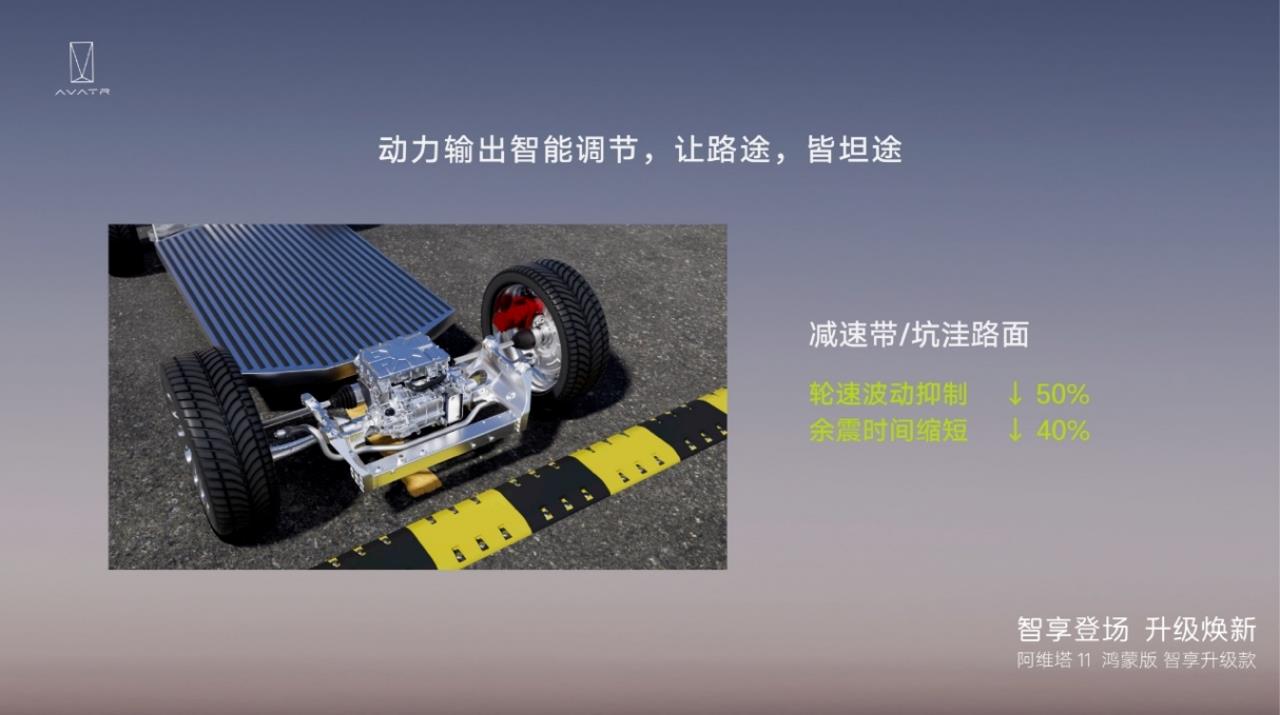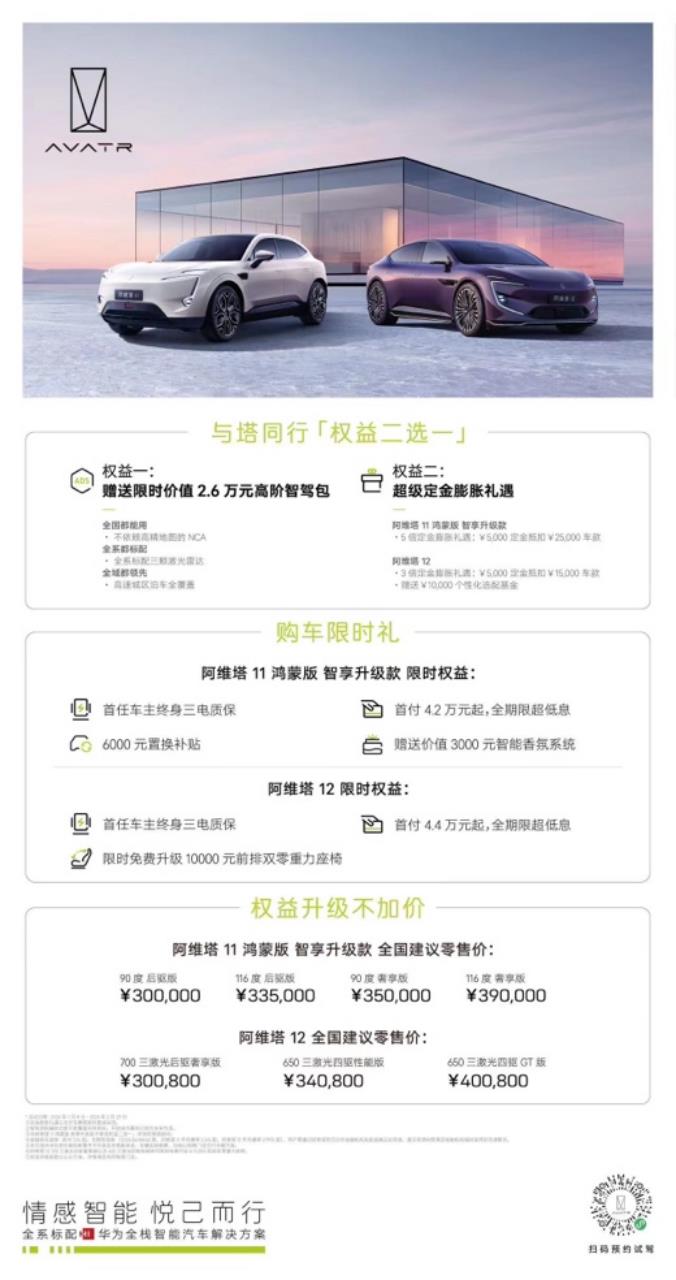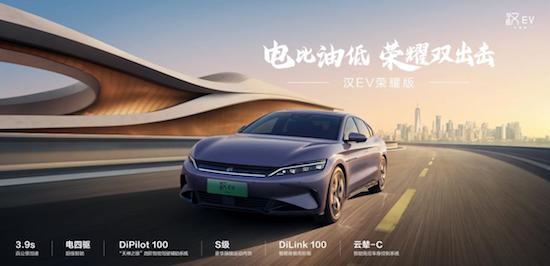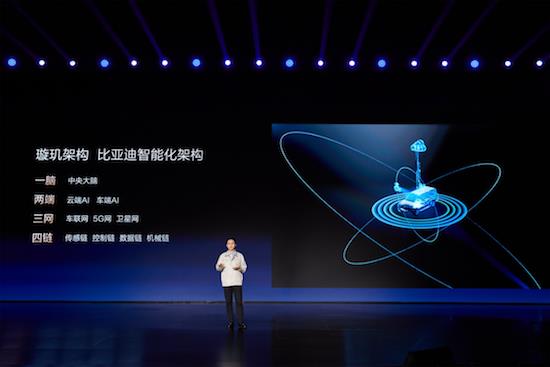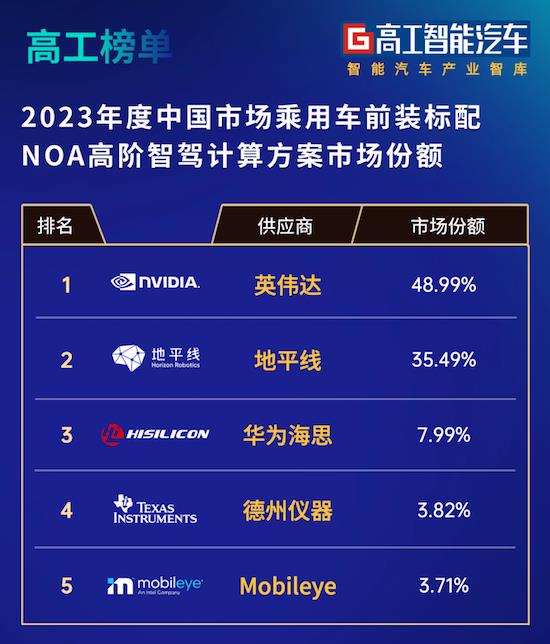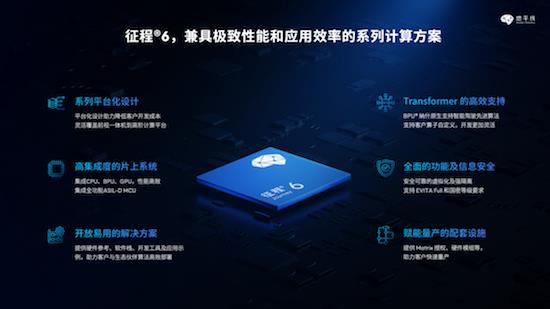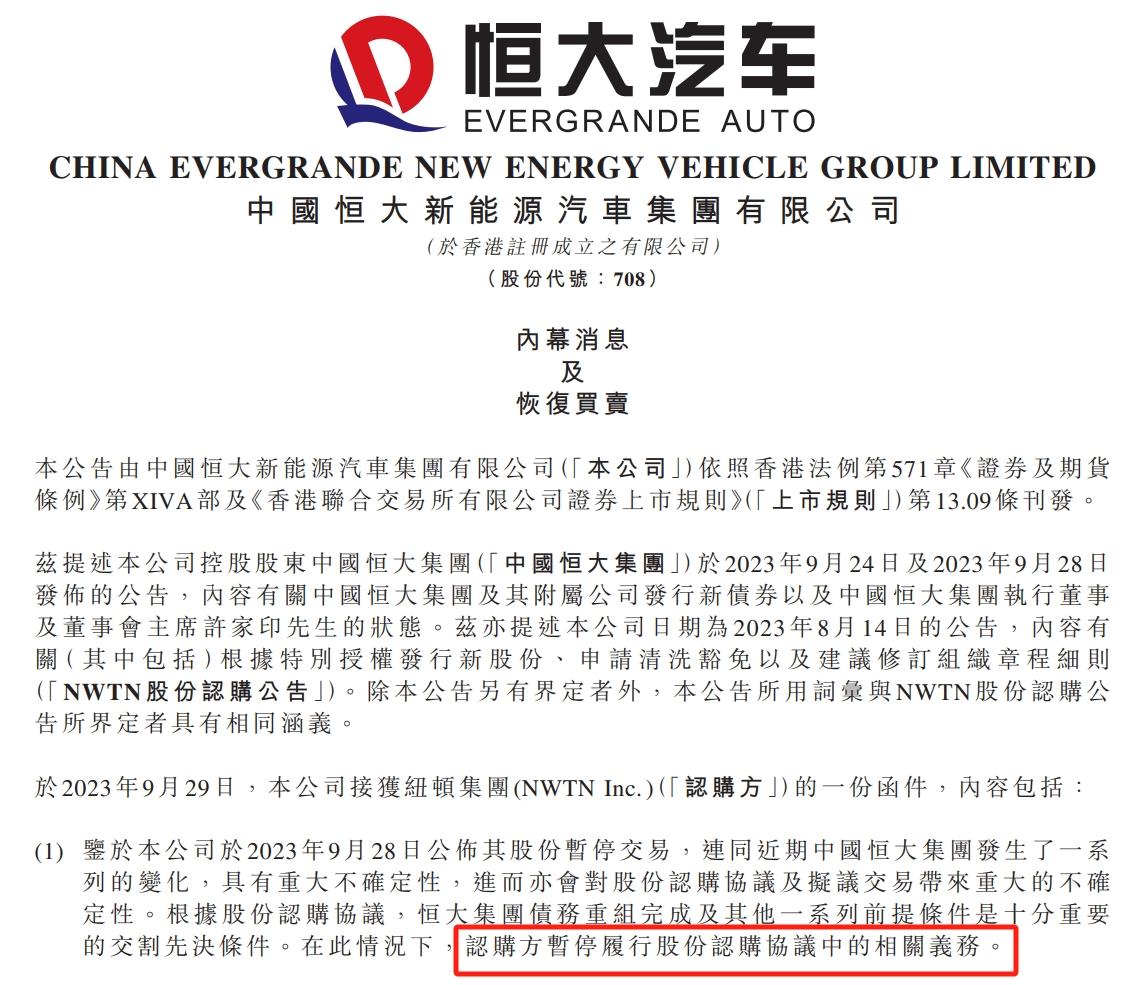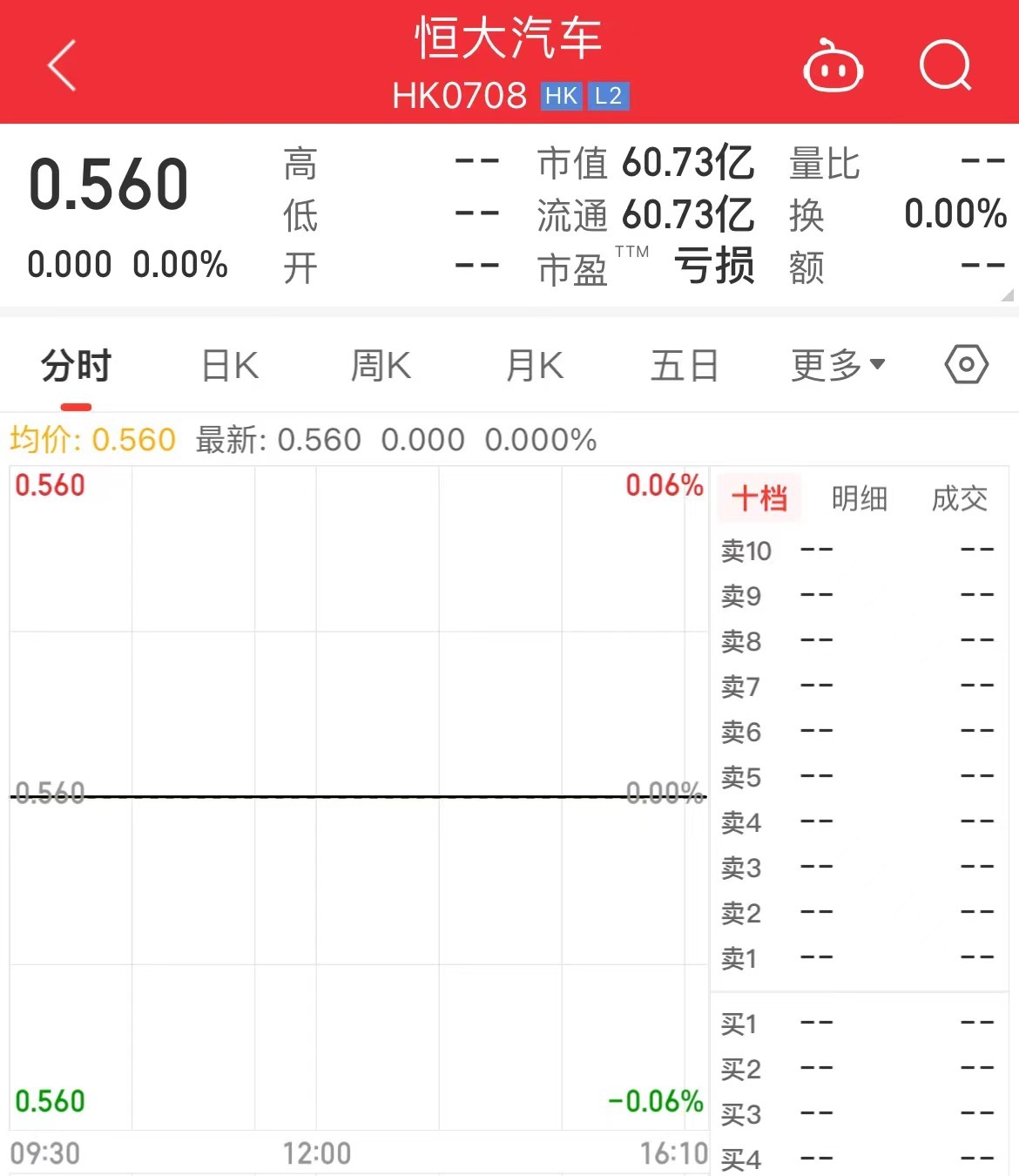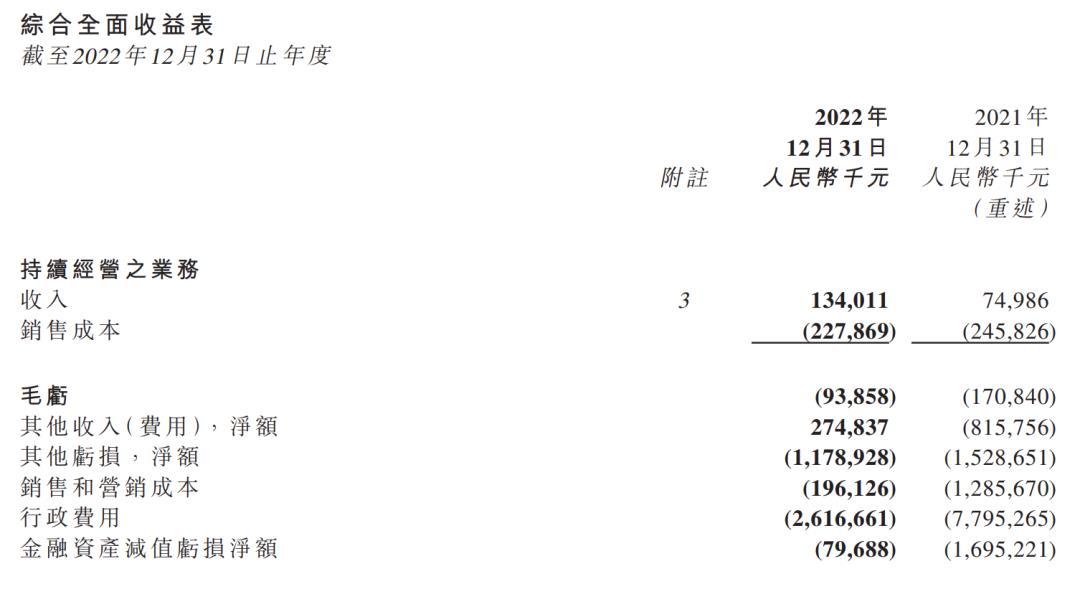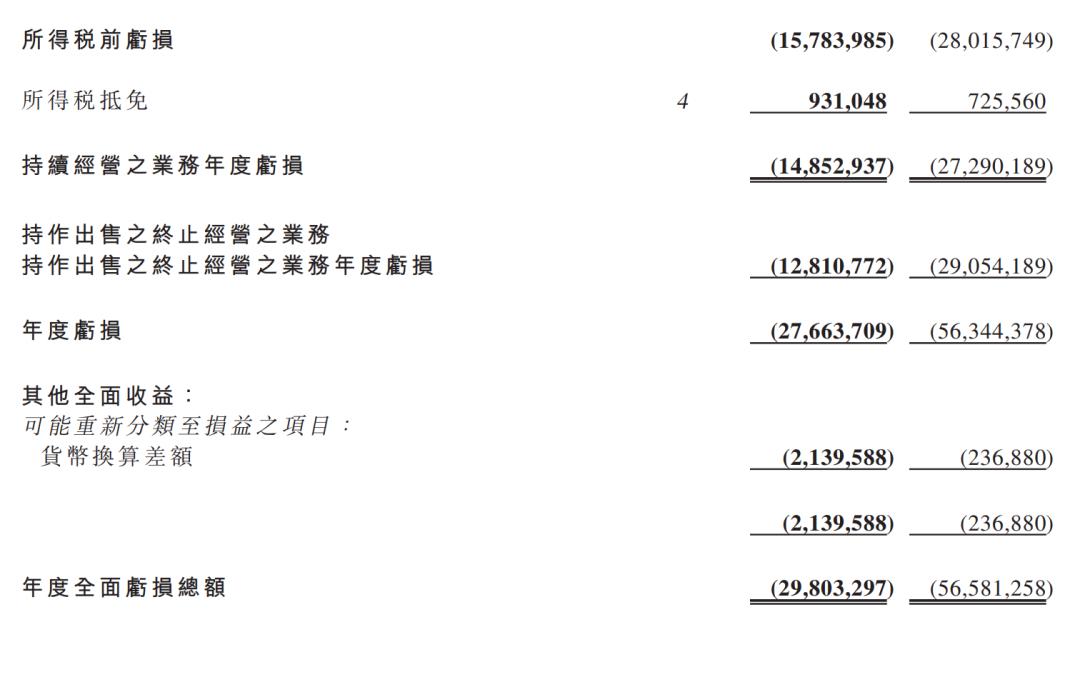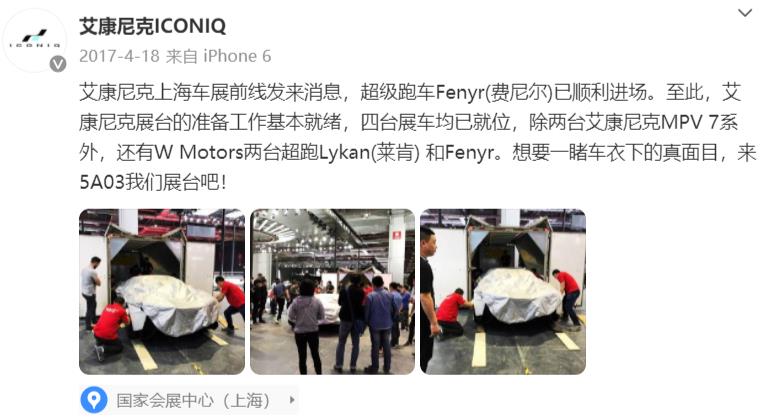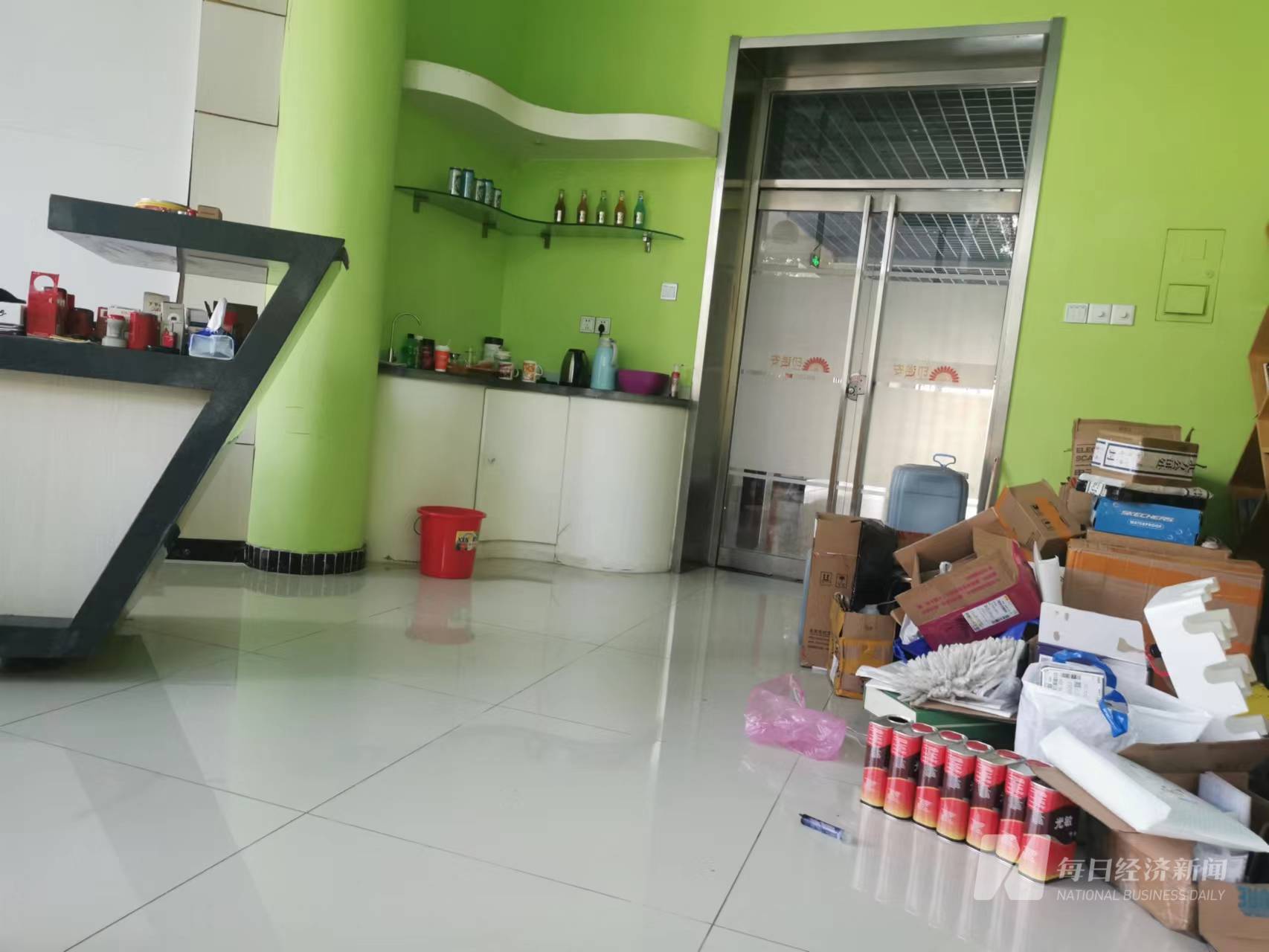In Nanning City, Guangxi Zhuang Autonomous Region, since the introduction of new energy buses, the urban noise has been reduced and the passenger experience has been more comfortable; in Xiamen City, Fujian Province, by setting up a waiting area for people and vehicles to divert traffic, "pedestrians and bicycles are crowded at the intersection" and other problems have been solved; in Guangzhou City, Guangdong Province, citizens ride a ride, which has become a new trend of urban travel…
In order to achieve the goal of "double carbon", China has always adhered to the "reduction" of energy consumption emissions and the "addition" of low-carbon transportation, and actively carried out the creation of green travel.
In recent years, various localities and departments have made efforts to improve the green travel environment, focusing on improving the quality of public transportation services, and people’s sense of identity, gain and happiness in choosing green travel has continued to increase. Today, the road to green travel is becoming wider and wider in China.
Good performance, good policy –
Accelerate the promotion of new energy vehicles
When reducing pollution and carbon emissions has become a new social trend, the advantages of new energy transportation are self-evident. In recent years, China’s transportation industry has embarked on a green and low-carbon transformation, promoted the use of new energy vehicles, and vigorously adjusted the transportation structure, achieving remarkable results.
"The vehicle needs 53 kWh of electricity to be fully charged at one time, and it can travel 400 kilometers, which is almost enough for a week’s commute." Li Yunan, who lives in Guiyang City, Guizhou Province, recently purchased a Changan Yidong EV new energy vehicle. He said that after replacing the new car, there will be no mileage anxiety in daily use in urban areas, and he is satisfied with the low cost of use.
China Association of Automobile Manufacturers data show that from January to March this year, the production and sales of new energy vehicles reached 1.293 million and 1.257 million respectively, an increase of 1.4 times year-on-year, with a market share of 19.3%. As of the end of last year, the national new energy vehicle ownership reached 7.84 million.
Behind the continuous heating up of the new energy automobile industry is the continuous exploration of enterprises in the industry to strengthen technical research. The battery breaks through zero fire technology and creates a "seven-in-one" intelligent vehicle domain controller… Take Changan new energy vehicle as an example. In the field of new energy, it has built industry-leading R & D capabilities and has broken through more than 400 core technologies.
"Real money and preferential policies have provided strong support for accelerating industrial development, and our company has also obtained a lot of direct benefits." The relevant person in charge of Changan New Energy Technology Co., Ltd. told reporters that the company has gained three major benefits: First, the state provides financial subsidies for new energy vehicles. Second, the purchase tax is exempted and the vehicle and ship tax is reduced. Third, the government provides financial support for special projects in scientific and technological research and development to encourage enterprises to continuously improve product performance.
In small and medium-sized cities, the degree of perfection of supporting facilities is an important factor affecting consumers’ willingness to purchase new energy vehicles.
"As soon as I bought the new energy vehicle, the power supply company came to guide me to install the charging pile with my mobile phone, and the next day I completed the power connection." In mid-April, Wu Peng, who lives in Gedian Town, Ezhou City, Hubei Province, experienced a "fast service".
In order to better serve new energy vehicle owners, State Grid Hubei Electric Power has increased its charging infrastructure building efforts and strived to improve the level of social energy efficiency in the service area. From January to March this year, 42 new charging stations and 212 charging piles were put into operation, and 174 charging piles were upgraded.
The latest statistics from the China Electric Vehicle Charging Infrastructure Promotion Alliance show that as of the end of February, the cumulative number of charging infrastructure in the country reached 2.864 million units, an increase of 62.9% year-on-year. Wang Yun, deputy director of the Institute of Foreign Economics of the China Academy of Macroeconomics, believes that with the continuous improvement of supporting infrastructure such as charging and replacing electricity, new energy vehicle consumption is expected to maintain a rapid development trend and help the transportation sector achieve the "double carbon" goal.
"Public transportation priority" is undoubtedly an important way to practice green travel. Nowadays, many places are also focusing on improving the ratio of public buses and trams in new energy cities, and rationally deploying and building charging and swapping facilities.
Since the beginning of this year, Linyi City has continuously improved the service facilities of new energy buses to facilitate the travel of the masses. According to the relevant person in charge of Linyi Public Transport Group, the newly added new energy buses have the advantages of lower power consumption, longer cruising range, and low noise, which can not only effectively reduce urban environmental pollution, but also provide comfortable and safe green travel services for the majority of passengers.
"Today’s new energy buses are so convenient, with spacious interior space, clean environment, and smoother operation than the original buses." Liu Yuqing, a resident of Linyi City, Shandong Province, said that the new energy buses are a practical and good thing for the common people, and praise the government.
The "14th Five-Year" Development Plan for Comprehensive Transportation Services issued by the Ministry of Transport proposes that by 2025, the proportion of new energy vehicles in urban public transportation, taxi and urban logistics distribution will reach 72%, 35% and 20% respectively. Xin Guobin, vice minister of the Ministry of Industry and Information Technology, said that the next step is to continue to ensure the stable operation of the new energy vehicle industry, increase the promotion and application of efforts, start the pilot city of full electrification of public sector vehicles, and coordinate the promotion of charging infrastructure building.
There are many ways, the effect is strong –
Digital technology is deeply empowering
In recent years, based on the concept of green sharing and supported by digital technology, China’s urban transportation operation efficiency and service capabilities have been steadily improved, playing a prominent role in helping to achieve the "double carbon" goal.
"I am a die-hard user of shared bicycles, and I usually choose to ride for my daily commute, which saves time and is environmentally friendly." Ma Guang, a resident of Fuzhou City, Fujian Province, believes that in the context of "dual carbon", Internet travel service platforms are contributing to reducing traffic pressure. "Riding shared bicycles allows us users to deeply participate in environmental protection and energy conservation. Looking at the accumulated carbon reduction, I will be very fulfilled."
In September 2021, the "Sharing Cycling Pollution Reduction and Carbon Reduction Report" released by the Environmental Development Center of the Ministry of Ecology and Environment showed that in the past five years, Meituan bicycle and motorcycle users have reduced carbon dioxide emissions by 1.187 million tons, which is equivalent to reducing the carbon emissions of 270,000 private cars for one year.
With the popularity of green travel, the ride-hailing industry is increasingly recognized. "Now I often take a ride at work, rest better, and reduce carbon emissions." Lin Han, a "working pregnant mother" in Hangzhou, Zhejiang Province, believes that in the context of increasingly intelligent and shared travel methods, the environmental protection and energy saving effect of the ride-hailing industry cannot be underestimated.
According to the "Zero Carbon Travel" Research Report released by Didi Travel, nearly 70% of the respondents "travel with the wind" more than 3 times a week, and 98.12% of the respondents are willing to guide the people around them to practice green and low-carbon concepts.
At the same time, many companies are also deepening the mining and utilization of public transportation data to promote the digitization of transportation scenes. In November last year, Tencent Maps took the lead in launching the "green travel" bus portal function, realizing "one map" to connect users to the whole scene of public transportation.
The reporter clicked on the "Green Travel" page and found that the new bus route map is clear at a glance – the original information of other locations has been streamlined, and the visual presentation effect of transportation hubs such as bus stops, subway stations, and railway stations has become more obvious. It is understood that in the future this "bus base map" will also add more "dynamic capabilities", such as the real-time driving conditions of buses on the map, and the user mood interaction of bus stops, etc., so as to achieve the effective integration of static road information with dynamic bus flow and social information flow.
Some local governments and enterprises have also joined forces to use digital technology to innovate incentive mechanisms and stimulate residents’ willingness to travel green.
In September 2020, the Beijing Municipal Transportation Commission, Beijing Municipal Ecological Environment Bureau and Autonavi Map jointly launched the "Green City" action. After registering to participate in the action, citizens will use public transportation, rail, and walking to automatically convert into corresponding carbon emission reductions, and can exchange bus cards, vouchers, or donate to environmental protection public welfare activities. As of March 23 this year, the event officially registered more than 1 million users, 420,000 monthly active users, and a cumulative carbon emission reduction of nearly 100,000 tons.
Under the guidance of the Digital Currency Research Institute of the People’s Bank of China, Meituan launched a digital RMB pilot activity in September last year with low-carbon travel as the core scenario. It is reported that users in the digital RMB pilot areas can sign up for the activity and use shared bicycles for free through digital RMB red envelopes. The accumulated number of rides can also be exchanged for more digital RMB rewards.
Recently, the "green semi-annual report" handed over by the pilot activity is eye-catching. Data show that the pilot activity has attracted more than 10 million users in the first half of the year, and these users have accumulated more than 70 million green cycling kilometers.
"This pilot event is a useful attempt to promote green and low-carbon travel through the digital yuan," said Cao Heping, a professor at the School of Economics at Peking University.
Industry experts predict that in the next step, digitalization will not only help the public achieve quantifiable carbon emission reductions, but also drive the low-carbon green transformation of the upstream and downstream industrial chains based on data and technological advantages, such as assisting in the construction of a comprehensive three-dimensional transportation network.
More convenient, faster –
The slow-moving system is becoming increasingly perfect
"Xi’an, where the spring flowers are blooming, is really beautiful. Sitting in the car every day, you can’t see such a beautiful scenery. Recently, the temperature is suitable, and cycling does not have to be blocked on the road, but also exercises and protects the environment. It really kills many birds with one stone." After the Qingming holiday, Xu Yang, a citizen of Xi’an, Shaanxi Province, changed his usual way of driving to work and started cycling to work.
"After suffering from traffic congestion, the travel of modern urbanites began to shift to the urban slow-moving system." Zhou Rong, director of the Institute of History, Culture and Tourism of the Xi’an Academy of Social Sciences, explained that the urban slow-moving system is an urban transportation system that takes walking, cycling and other slow travel methods as the main body of urban transportation and effectively solves problems such as fast and slow traffic conflicts.
Cycling is an indispensable part of the slow-moving system. Different types of bicycle lanes are designed for people with different needs, and each has its own responsibilities, not only to ensure the needs of fitness and leisure, but also to meet the functions of commuting.
To unlock greater urban transport resources, Xiamen in Fujian province has built the country’s first and the world’s longest air bicycle lane. From 2020 onwards, resident Lai Tingsi discovered this commuting option – riding 2.7 kilometers along the air bicycle lane to work. "At the beginning, I just had the attitude of giving it a try, but I didn’t expect it to be convenient and fast to ride down." She said that the bicycle path has no traffic lights and no motor vehicle interference, and it only takes a short ten minutes to get to work.
The reporter learned that there are 11 entrances and exits on the entire bicycle lane. In addition to connecting to the BRT station, it is also connected to 11 ordinary bus stations and 2 subway stations, which is convenient for cyclists to transfer at any time. In addition, the lane also has a special rest area for citizens to stop and rest and enjoy the scenery.
Although setting up bicycle lanes is the best solution in the eyes of cyclists, at present, in the urban center with large traffic volume, the comprehensive upgrading of the system is more realistic. In this regard, many cities have handed over good answers.
"After the road is renovated, it’s much more’neatly ‘!" Tang Xinzhong, who lives in Tongzhou District, Beijing, passes through Liyuan Middle Street every day, and he has a deep understanding of the changes in this road. In 2021, Liyuan Middle Street will be renovated. The original position of street trees will be converted into road dividers, and the original position of the walkway will be converted into an independent non-motorized vehicle lane. A new sidewalk will be built in the outermost green space within the red line of the road. In this way, motor vehicles, non-motorized vehicles, and pedestrians will "go their own way" without interfering with each other.
"Now that you’re out of the subway station, you can scan the code and ride your bike directly, and you’ll be able to go back to school soon." Xiao Zhang, a student, quickly found a shared bicycle on the subway outside of Hangzhou Agriculture and Forestry University in Zhejiang Province. Previously, because the original non-motorized parking spaces in the subway station could not meet the travel needs of teachers and students, some non-motorized vehicles often had nowhere to stop during peak periods.
To this end, in 2021, the Urban Management Bureau of Lin’an District, Hangzhou City established a special class to comprehensively know the real situation of the existing parking lot and surrounding vacant space in the subway station, and use drones to make aerial photos to draw topographic maps, adding more than 200 berths, effectively solving the problem of random parking of non-motor vehicles, so that the "last mile" travel is smoother.
It is worth mentioning that in the construction of the urban slow-moving system, the slow-moving trails also provide convenience for citizens to travel green.
Blossoming with flowers and trees… In Anning City, Yunnan Province, the Mantis River Slow Trail is an ecological greenway that is full of scenery everywhere. "This health trail adjacent to the Mantis River is more quiet. It is equipped with rest areas, observation platforms, etc., suitable for citizens who like to watch the scenery and take a leisurely walk." Jiang Qi, head of the Landscaping Management Section of the Anning City Administration, said.
According to reports, during the construction of the slow walking trail, the relevant departments of Kunming City made overall planning to integrate the trail with the natural and cultural landscapes as much as possible. According to the relevant person in charge, Kunming City built a slow walking trail around Dianchi Lake around Xinghai Peninsula, Baofeng Peninsula and Fubao Peninsula, which was completed at the end of last year and is currently undergoing partial optimization of the slow walking trail.
"The slow walking trails have good air and beautiful scenery, and there are various flowers blooming in different seasons. Every time I take a walk here, I feel very happy." Speaking of the slow walking trails added in Kunming in recent years, Li Xunfei, a citizen, said with emotion.
